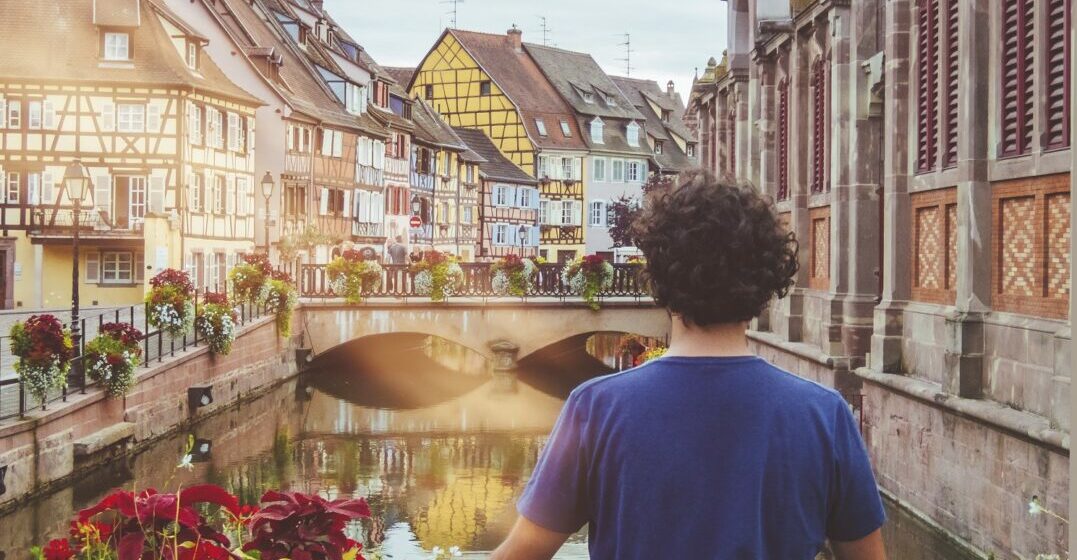Updated on December 13, 2024

The Alsatian language: What is it and who speaks it in France?

Mainland France is divided into 13 regions and 96 departments, leading to wonderful diversity across the country. This is perhaps most evident in the regional languages. Linguists estimate the country has around 75 regional languages, although “dialects” is perhaps the better word to use here. The French government recognizes 23 official regional languages, many of which are still taught in school and are ingrained in the region they belong to. In this article, we’ll introduce you to one of these regional languages (or dialects): the Alsatian language. We’ll discover its history, where you can hear it, what it sounds like and some other fun facts.
Alsace is a historic region in eastern France that borders Germany and Switzerland. It is made up of two departments – Bas-Rhin and Haut-Rhin and the capital is Strasbourg. Since 1681, the region has passed between the hands of France and Germany but today it is officially part of France. The official language of Alsace is French, however many Alsatian people speak German as well. On top of this, a large part of the population speaks Alsatian.
This language is actually the second most-spoken regional language in France and is officially recognized by the French government.
Given its conflicted history, it’s no surprise that French and German are both taught at school in Alsace. After World War II, German and all Germanic languages (including Alsatian) were actually banned temporarily. However, there was a movement towards keeping regional languages alive in the 1970s, which is how the Alsatian language came back to life.
As you can imagine, the Alsatian language is mainly spoken in Alsace. But you may not know that there are some Alsatian speakers in the United States, as many Alsatian people emigrated there in the mid 1800s.
In Alsace itself, it’s estimated around 500,000 – 700,000 people speak the Alsatian dialect. It is generally attributed to older people, especially those who lived during or after the Second World War. However, there are young people who speak the language, and some words have filtered down to younger generations.
The Alsatian language is an Alemannic German dialect, therefore it is similar to Swiss German and Swabian.
Given the geographical location and political past, the Alsatian language is a mix of German and French words, although German is more present.
Let’s take the word hello, for example. In the Alsatian language, you say ‘Güete Tag’, similar to the German ‘Guten tag’. In German, to ask ‘how are you’, you say ‘Wie geht es Ihnen?’. In Alsatian it is ‘Wie geht’s?’. There are many websites where you can learn some more Alsatian vocabulary if you’re interested.
We can’t write about Alsace without mentioning the cultural side of this beautiful region. Like many places in France, Alsace is famous for its food and wine. The influence of Germany is also evident in Alsatian food, with dishes like choucroute and flammekueche. The region is also famous for making foie gras and one of the oldest cheeses in the country, Munster.
What about Alsatian wine, you say? The Vin d’Alsace (or wine from Alsace) is mainly white wine and represents an important part of French viticulture. The region even produces sparkling wine similar to champagne, known as the Crémant d’Alsace.
Alsace is a truly wonderful region and if you’re learning French, it could be a very interesting trip to go there and listen to the regional language. Make it a weekend trip so that you can make the most of the culture, food, wine and beauty of this stunning region!